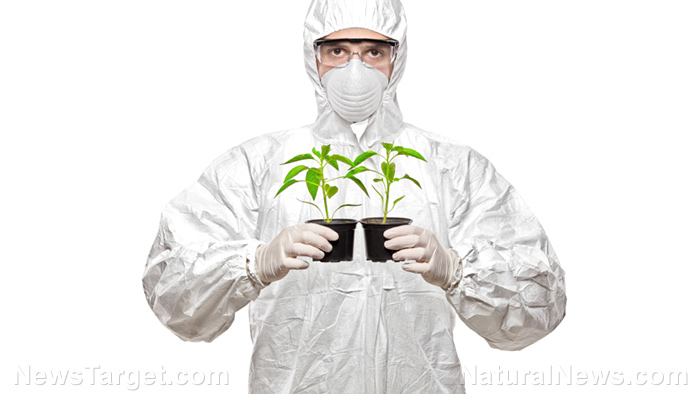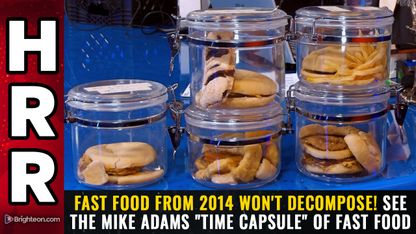
Now, the food industry has found a new way to cut corners, and they’re trying to convince people that this type of genetic editing is somehow a better alternative to the current GMOs.
It’s certainly better for their bottom line, as the costs for developing and marketing the food that results from gene editing are reported to be as much as 90 percent lower than those of traditional genetically modified crops.
One of the more popular approaches to gene editing is CRISPR, which involves transferring an enzyme and RNA molecule into a crop cell. The RNA then finds the targeted DNA strands and binds to them, at which point the enzyme causes a break in the DNA of the cell; the cell then repairs the DNA in a way that alters the gene – if everything goes according to plan – but what happens to those who eat the resultant foods is anybody’s guess.
Biotech firms are hopeful the technology will avoid the negative labels that traditional genetically modified crops have attracted – Frankenfood, anyone? – and they’re hoping that people can be convinced that this approach is somehow different. However, it remains to be seen just how accepting the public and regulators will be.
While the USDA says that gene-edited crops do not meet their criteria for oversight right now, the Court of Justice of the European Union has said that the technique will indeed be subject to their regulations that apply to genetically modified crops. This ruling means that gene editing in Europe will be limited to research; growing commercial crops this way will be illegal there.
It will also be difficult to convince the public the method is safe. Changing the DNA of crops could create undesirable changes in the food supply, and it is unlikely to be embraced by those who are opposed to genetically modified crops.
Agribusinesses are well aware of this fact, with Cargill’s Food Safety Vice President Randal Giroux admitting that public acceptance is an uncertainty. He said: "We really do want to see gene-editing evolve in the marketplace. We're watching to see how consumers adopt these products and react to these products."
What are the consequences of interfering with nature?
Last year, researchers from the Columbia University Medical Center carried out a study that warned the scientific community that Crispr-Cas9 Gene editing can result in unintended mutations in genomes that go undetected.
There is a lot that we still don’t know about the technology, and scientists know essentially nothing about the potential long-term implications of this technique. There is nothing natural about editing the genes of a plant, and once people truly understand what is involved, many will avoid these foods the same way that they avoid GMOs today.
In the meantime, agricultural biotech firms are trying to make the most of the lack of regulation on gene editing in the U.S. as they speed up their development. Some of the foods in the pipeline include tomatoes that take a longer time to spoil, waxy corn with higher yields, apples that do not turn brown, wheat with a lower gluten content, and soybeans that resist drought. These advancements might sound good in theory, but what price will humanity ultimately pay for interfering with nature?
See more coverage at Biotech.news.
Sources for this article include:
Please contact us for more information.






















